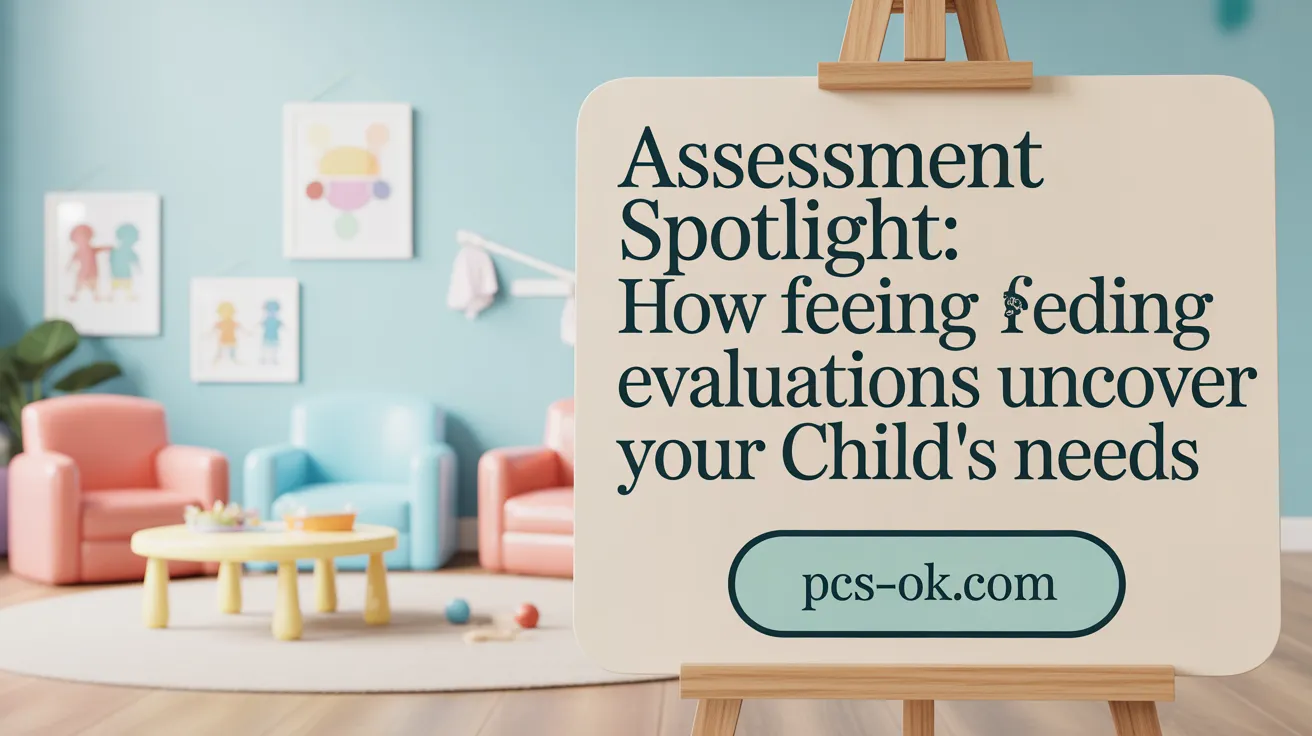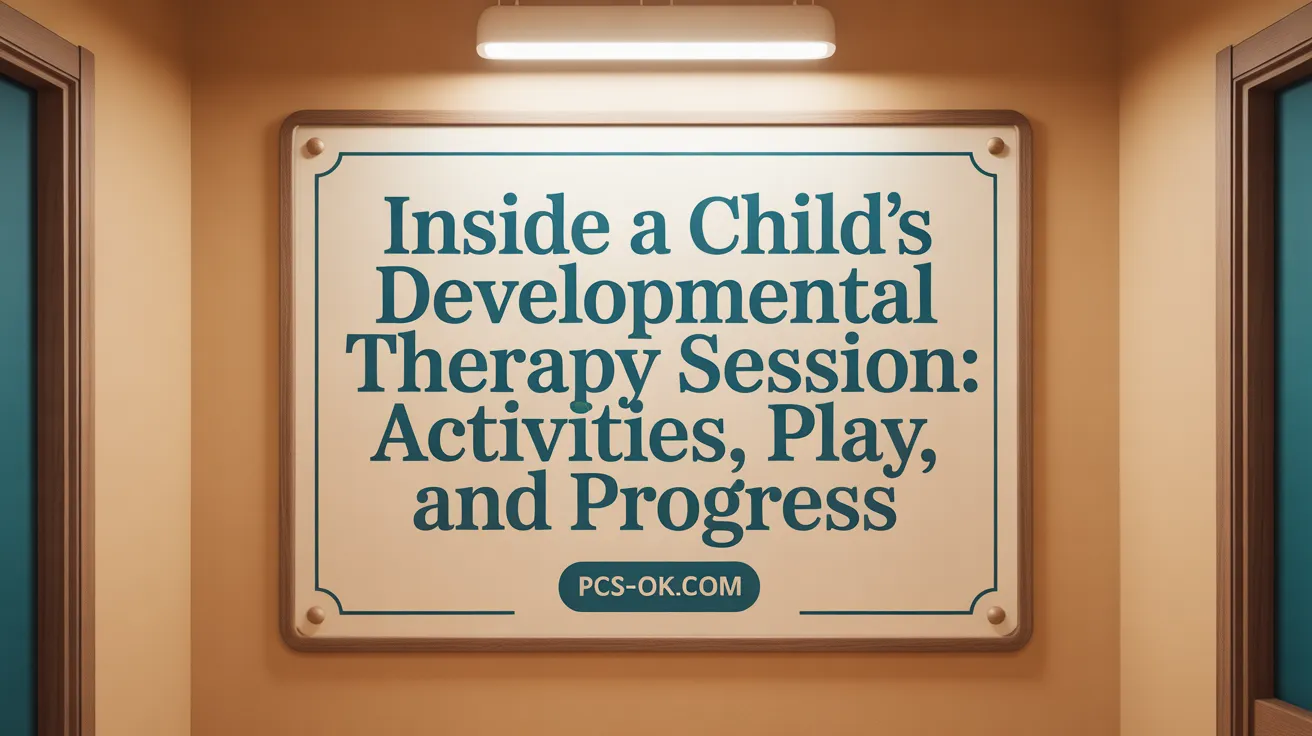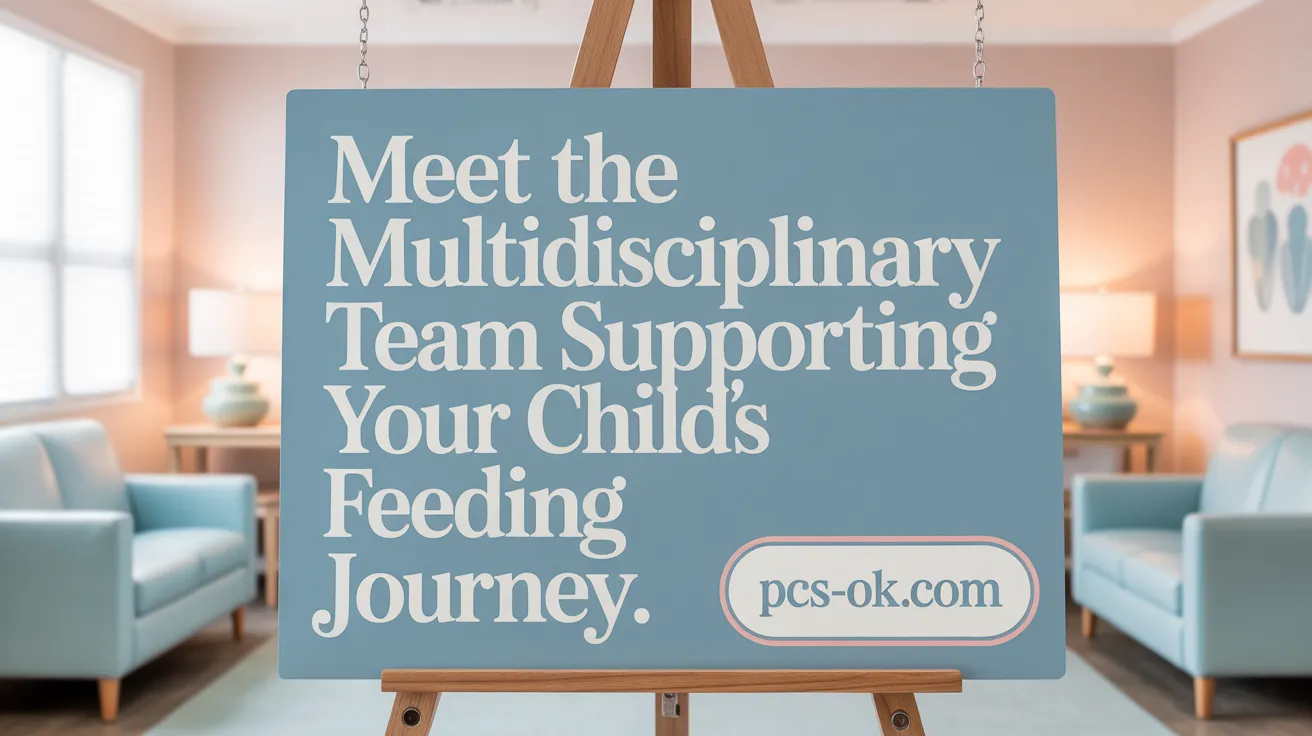What to Expect During a Feeding Therapy Appointment
Understanding Feeding Therapy Appointments
Feeding therapy is a specialized intervention designed to help children overcome challenges related to eating, swallowing, and feeding behaviors. For parents and caregivers, the prospect of a feeding therapy appointment can raise many questions about what will happen, how it will be structured, and how to prepare. This article provides a detailed overview of what to expect during a feeding therapy evaluation and ongoing sessions, the professionals involved, and the goals of therapy, helping families feel informed and empowered.
Purpose and Scope of a Feeding Therapy Evaluation

What is the purpose of a feeding therapy evaluation?
The main goal of a feeding therapy evaluation is to thoroughly understand a child’s feeding and swallowing abilities. During this process, qualified therapists assess various aspects such as oral strength, movement, and coordination. They also gather detailed medical, developmental, and feeding histories to uncover potential challenges.
The evaluation helps identify any feeding difficulties or disorders, including issues like food refusal, gagging, choking, or difficulty swallowing certain textures. By examining oral structures, motor skills, and current feeding behaviors, clinicians can pinpoint specific areas that need improvement.
This comprehensive assessment serves as the foundation for designing personalized treatment plans. These plans aim to improve the child’s oral feeding skills, ensure safer swallowing, and promote adequate nutrition and growth. The evaluation is an interdisciplinary effort, involving a team of specialists such as speech-language pathologists, occupational therapists, nutritionists, and psychologists.
Throughout the process, strategies and techniques are tested to see what works best for the child. The family plays an active role, learning how to support their child’s progress at home. Ultimately, the evaluation seeks to foster positive mealtime experiences, reduce stress around eating, and support the child’s overall development and health.
Key Procedures and Assessments During Evaluation

What procedures and assessments are typically involved in a feeding therapy evaluation?
A comprehensive feeding evaluation involves several steps to understand the child’s feeding and swallowing capabilities thoroughly. The process begins with a detailed review of the child’s medical and development history, including any existing diagnoses like reflux, muscle weakness, or sensory issues. Caregivers are interviewed to gather insights into feeding patterns, behaviors, and concerns.
Next, healthcare professionals perform physical examinations, focusing on oral structures—such as lips, tongue, cheeks, and palate. They assess oral motor functions like sucking, chewing, and swallowing movements, often observing the child during a mealtime or feeding session.
Sensory evaluations are also conducted to identify any sensory deficits or sensitivities that may affect feeding. During the assessment, clinicians observe the child’s posture, head control, and motor skills that influence eating, such as sitting balance.
Where necessary, standardized assessment tools are used. These include scales and questionnaires like the Feeding Matters Infant and Child Feeding Questionnaire or age-specific measures that help quantify feeding difficulties.
In more complex cases, instrumental swallow studies such as videofluoroscopic swallow studies (VFSS) or flexible endoscopic evaluation of swallowing (FEES) are performed. These tests provide detailed imaging of the swallowing process, helping clinicians identify physiological problems not visible through observation alone.
Throughout the process, the team also considers emotional, behavioral, and environmental factors that may impact feeding. Caregiver input plays a vital role, often gathered through interviews and observation of family mealtime routines.
Overall, this multi-faceted assessment informs diagnosis and guides tailored intervention plans to improve feeding skills and ensure safe swallowing.
Structure and Activities of a Feeding Therapy Session

A typical feeding therapy appointment is carefully structured to promote positive eating experiences and address specific feeding challenges. The session begins with sensory integration activities designed to enhance the child’s sensory awareness and reduce food aversions. These activities help desensitize the child to textures and tastes, making them more open to trying new foods.
Following sensory work, the therapist conducts direct observations and assessments of the child’s oral motor skills, swallowing, posture, and self-feeding abilities. This includes evaluating oral strength, structure, and coordination, as well as the child’s breathing patterns during eating. These observations guide individualized intervention strategies.
Activities during therapy are often playful and child-led, focusing on making food exploration fun. Therapists utilize various food exploration steps—such as smelling, touching, and tasting—encouraging the child to interact with food without pressure. Positive reinforcement and gentle modeling are key components, helping children develop confidence and interest in eating.
Behavioral strategies, including reward systems, are integrated to motivate children and reinforce desired behaviors like accepting new textures or trying different foods. Parents are actively involved, receiving coaching on how to continue these strategies at home, which supports consistency and progress.
Therapists may incorporate oral motor exercises to improve lip, cheek, jaw, and tongue strength, often performing these exercises together with the child to ensure proper technique. In some sessions, movement or messy activities are included to make learning engaging and age-appropriate.
Each session generally lasts between 45 to 60 minutes and is scheduled once or twice a week. This consistent, supportive environment helps children gradually develop better eating habits. The session concludes with a debrief where progress is discussed, and plans for future activities and home routines are outlined. This collaborative approach ensures therapy is tailored to the child’s evolving needs and maintains a fun, relaxed atmosphere conducive to positive feeding behaviors.
The Feeding Therapy Team and Their Roles

Feeding therapy involves a team of specialized professionals working together to support a child’s eating and swallowing development. Each member plays a vital role in assessing and treating various aspects of feeding difficulties.
Primarily, speech-language pathologists (SLPs) focus on evaluating and enhancing oral motor skills, swallowing safety, and communication related to feeding. They perform oral assessments, guide exercises to strengthen mouth muscles, and implement strategies to improve coordination during eating.
Occupational therapists (OTs) contribute by examining sensory processing, positioning, and self-feeding skills. They help optimize the child’s posture, adapt feeding environments, and promote independence in eating with tools and techniques suited to the child’s needs.
A registered dietitian (RD) ensures nutritional adequacy and growth by monitoring dietary intake and offering tailored food recommendations. Medical providers such as pediatricians or physicians oversee the child’s overall health, coordinate necessary medical interventions, and support the team with medical insights.
Psychologists and behavioral specialists may be involved when emotional or behavioral issues impact feeding. They work on modifying mealtime behaviors, reducing anxiety, and increasing cooperation.
Family members, especially parents and caregivers, are integral to the therapy process. They assist in implementing strategies learned in sessions, observe the child’s responses, and provide feedback. Active family participation ensures that feeding improvements are consistent and sustainable at home.
This multidisciplinary approach ensures comprehensive care, addressing not only the physical aspects of feeding but also sensory, behavioral, and nutritional considerations. Collaboration among team members helps create personalized treatment plans that support each child’s unique needs.
Preparing for and Following Up After Feeding Therapy

What preparations should be made before attending a feeding therapy session?
Before attending a feeding therapy session, parents should collect detailed feeding history information, including current eating habits, medical background, and specific goals for therapy. Bringing favorite and non-preferred foods, utensils, bottles, cups, straws, and comfort items can help facilitate the process. Preparing the child by explaining what will happen using positive language helps reduce anxiety. Dressing the child in comfortable clothing, and if advised, fasting for 2-3 hours before the session can improve participation. Parents should also prepare questions for the therapist about goals, techniques, and ways to support progress at home. Creating a low-pressure environment and having relevant medical documents or food diaries, such as a 3-day food record, ready for review will enhance the session’s effectiveness.
What to bring to appointments
Parents should bring specific items for the assessment and therapy, including:
- Preferred and non-preferred foods
- Utensils, bottles, and cups
- Any medical documentation and medication lists
- Comfort items or toys
- Mealtime equipment
- Food diaries or feeding records These items help the therapist understand the child’s current feeding environment and support tailored strategies.
Post-session follow-up and progress monitoring
After each session, caregivers are encouraged to observe and document their child’s progress, noting any changes in eating behaviors, preferences, or mealtime cooperation. Regular communication with the therapy team ensures that strategies are reinforced consistently at home. Follow-up appointments are scheduled based on the child’s needs; these may include more therapy sessions, assessments, or adjustments in goals. Keeping a food and behavior log facilitates tracking milestones and addressing emerging issues promptly. If progress plateaus, parents should discuss concerns with the therapist to modify techniques or explore additional support options.
Therapy scheduling and duration
Typically, feeding therapy occurs once or twice weekly, with each session lasting about 45-60 minutes. Some centers offer intensive therapy models, such as daily sessions for several weeks. The length of therapy varies depending on the child’s specific difficulties, response to intervention, and progress toward goals. Therapy continues until the child demonstrates improved feeding skills and the family feels confident managing at home. Consistent attendance and active participation from caregivers are vital components of successful outcomes.
Benefits and goals of feeding therapy
Feeding therapy aims to help children develop safe, varied, and pleasurable eating habits. Goals include improving oral motor skills like chewing, swallowing, and tongue control, increasing food acceptance across textures, reducing sensory aversions, and promoting self-feeding independence. Ultimately, the therapy provides children with the skills to eat effectively and comfortably, supporting weight gain, nutritional health, and a positive mealtime experience. For families, successful therapy can reduce mealtime stress, foster better family interactions, and support long-term healthy eating behaviors.
Looking Ahead After Your Child’s Feeding Therapy Appointment
Feeding therapy offers a structured, multidisciplinary approach to helping children overcome feeding challenges and build healthy eating habits. Understanding the purpose and process of evaluations, what occurs during sessions, and how to actively engage with the therapy team equips families for success. Preparation before appointments and consistent follow-up afterward foster progress and positive mealtime experiences. With individualized care and supportive collaboration, feeding therapy can significantly improve a child’s ability to eat safely and enjoyably, laying the foundation for lifelong nutritional health and developmental growth.
References
- Feeding Clinic – What To Expect
- What does a pediatric feeding therapy session look like for …
- Feeding Team Evaluation: WHAT CAN I EXPECT DURING …
- What to Expect at a Feeding Evaluation
- How Does Feeding Therapy Work? – NAPA Center
- What to Expect at the Pediatric Feeding Program …
- Frequently Asked Questions – Pediatric Feeding Therapy
- When Your Baby’s Not Eating Well, Feeding Therapy Can …
- Feeding Therapy
